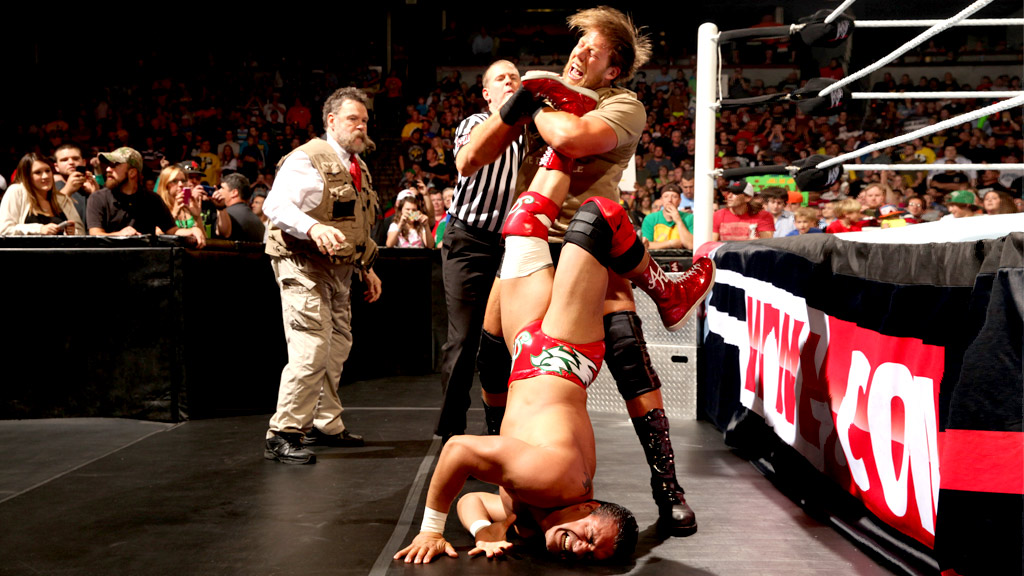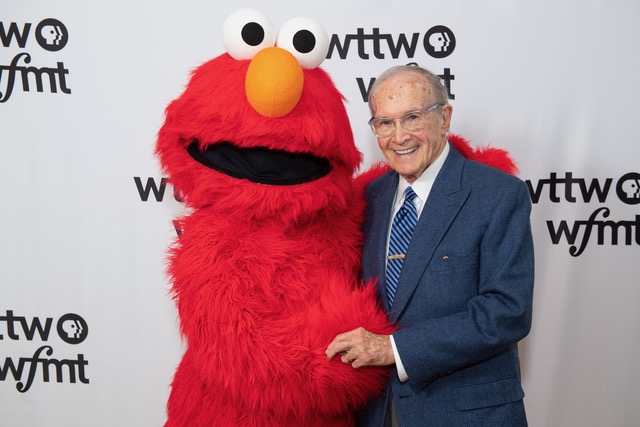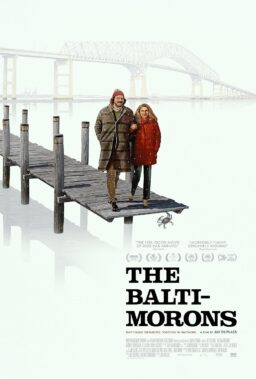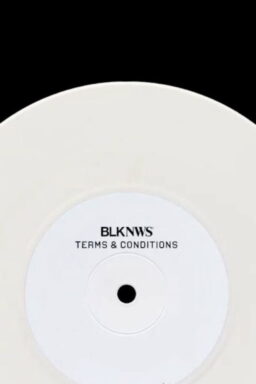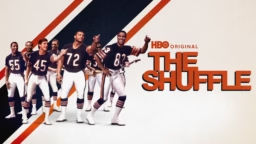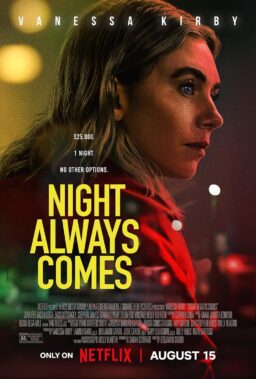In his recent rogerebert.com article about Harold Lloyd’s “Safety Last!” (1923), contributor Max Winter declares, “There are no great physical comedians any more.”
“Can [slapstick comedy’s] popularity leading up to the 1970s or 1980s be dismissed as ‘a product of a simpler time,'” he asks, contemplating the reasons we rarely see today’s comic talents getting bonked in the head by falling debris. “Or is it that we’re gradually deciding we don’t need the pleasure of a stumble or the sight of a person accidentally being whacked with a board, that we’ve moved on, that if it isn’t ‘meta’ it isn’t of interest?”
Winter practically sticks a fork in poor slapstick comedy from the get-go with the title to his article, “Slapstick Last!” But slapstick isn’t dead—it’s just moved to pro wrestling.
Yes, pro wrestling, that mix of sports and showbiz that emerged from strongman challenge matches held in tents in the 19th Century, and that today stands as the last living piece of vaudeville in the American mainstream.

The WWE, the big leagues of what is now euphemistically called sports entertainment, is still the place where we can enjoy the simple pleasures of seeing “Stone Cold” Steve Austin drive up to the ring in a beer truck and spray his boss, WWE CEO Vince McMahon, with Coors Light through a fire hose. Making things even better is that McMahon, a man worth more than twice as much money as Mitt Romney, slips and slides as if the ring is under two inches of water, when really the mat is only a little bit damp.
Taking out Stone Cold’s chugging metal entrance music and the squeals of the announcers, this bit is totally interchangeable with the payoff to any number of Depression-era Three Stooges shorts where Larry, Curly and Moe drag a gathering of snobby sophisticates down to their level. “Hoi Polloi” (1935) starts with “Pygmalion” and ends with tuxedo-clad academics getting into slap fights. In “Pop Goes the Easel” (1935), patrons of the arts hurl globs of clay at each other. In 1947, the Stooges remade “Hoi Polloi” as “Half-wits Holliday,” and adding a signature pie fight for the big finish. Moe Howard, the chief Stooge, called this “deflating comedy.”
“We specialize in upsetting dignity,” Howard once explained in an interview. “We only throw pies at guys wearing top hats.”
And the Stooges weren’t the only comics sticking it to the man. Although Chaplin was considered high art and the Stooges were poverty row, the Little Tramp spends just as much time running from cops as Curly and co. ever did, even in Chaplin’s sound-era triumphs such as “Modern Times” (1936) and “The Great Dictator” (1940). Some 36 years after Chaplin’s “Modern Times,” Monty Python’s Flying Circus had “The Upper Class Twit of the Year” contestants failing to walk a straight line and kicking beggars on their groundbreaking TV show.
While this kind of slapstick class warfare is all but absent from today’s movie comedies, you know if you see a cake wheeled out on the WWE’s “Friday Night Smackdown,” somebody’s face is going in it before they cut to commercial. The recipient of a mug smeared with buttercream frosting is almost always some kind of authority figure, or one of those effete heels with a penchant for lecturing the fans at ringside for their collective lack of education.

The WWE keeps plenty of archetypes of arrogance on hand these days, and their comeuppance is what the fans are paying for. Alberto Del Rio, a big slab of Mexican beefcake with the “blood of kings flowing through (his) veins,” throws grand fiestas to himself, only to have Dolph Ziggler (or whoever he’s feuding with this week) bust it all up. Damien Sandow enters the ring stroking his chin to Handel’s “Messiah,” and refers to himself as “your intellectual savior.” Fandango, a living parody of “Dancing with the Stars,” mixes the paso doble with his high-angle diving leg-drop, and usually gets kicked in the nuts at some point during his matches. The fans really love seeing that guy get kicked in the nuts.
And those crowd-pleasing crotch-shots are a big reason why pro wrestlers are becoming the keepers of the slapstick flame while actual comedians have all but abandoned it: slapstick hurts. Standup comedy, which supplies nearly all of today’s movie and television funny people, rarely gets any more physical than pacing in front of a brick wall and ruminating into a microphone on the sorry state of things. For most standups, the first time that any kind of physical comedy is demanded of them is when they’re lucky enough to make the jump from the stage onto the screen after years of honing routines that are predominantly verbal.

The “hit me harder so they can hear it in the back of the room” ethos that the Stooges lived by is still taught to aspiring wrestlers in the pseudo-sport’s indie leagues today, creating a pool of performers that can take as much punishment as an MMA fighter while being able to stay in character and act out storylines. When Andy Kaufman started wrestling women as part of his live show in the late 1970s, Robin Williams lamented that Kaufman had “checked out with the baggage.” But the boundary-pushing performance artist wasn’t doing anything more extreme than what went on in vaudeville a generation earlier. The Stooges “beat one another into pulps” (as observed in a 1932 “Shadowplay” magazine article) as they barnstormed the country. Moe even wrestled a real-live bear in the act’s early days—a feat also endured by “Rowdy” Roddy Piper when he was a rookie grappler in Fresno, Calif.

The gulf between the stars of today’s comedy films and the slapstick specialists of the past was ironically brought into focus last year when Sean Hayes, Will Sasso and Chris Diamantopoulos appeared on the WWE’s “Monday Night RAW” as Larry, Curly and Moe to promote the Farrelly Brothers’ “Three Stooges” reboot. While the neo-Stooges didn’t skimp on the eye gouges during their “RAW” appearance, they also had the luxury of not having to make a career out of being slaphappy. Diamantopoulos could just take off the Moe Howard bowl-cut wig and move onto new episodes of “Arrested Development.” The real Moe Howard was always a stooge, in the same way that wrestling legend Ric Flair will always be “The Nature Boy.”
During the one segment where the new Stooges got in the ring, Moe and Larry fled at the sight of the seven-foot tall masked brawler named Kane, leaving Sasso-as-Curly to take a choke slam. “The Big Red Monster” hoisted Sasso high into the air and then guided his body to the middle of the mat as gently as possible, where he stayed like a beached whale until the commercial break.
If it was the real Curly Howard in the ring, he would’ve gotten back up and said, “Come on, do it a little bit harder so they can hear it.”
Bob Calhoun used to wrestle guys in sasquatch suits while drunks threw food at him. His latest pop culture memoir, “Shattering Conventions: Commerce, Cosplay and Conflict on the Expo Floor” (Obscuria Press, 2013), has a chapter on WrestleMania in it, along with passages on Comic-Con, a Portland “Twilight” con, gun shows, hemp expos, and rodeos.
